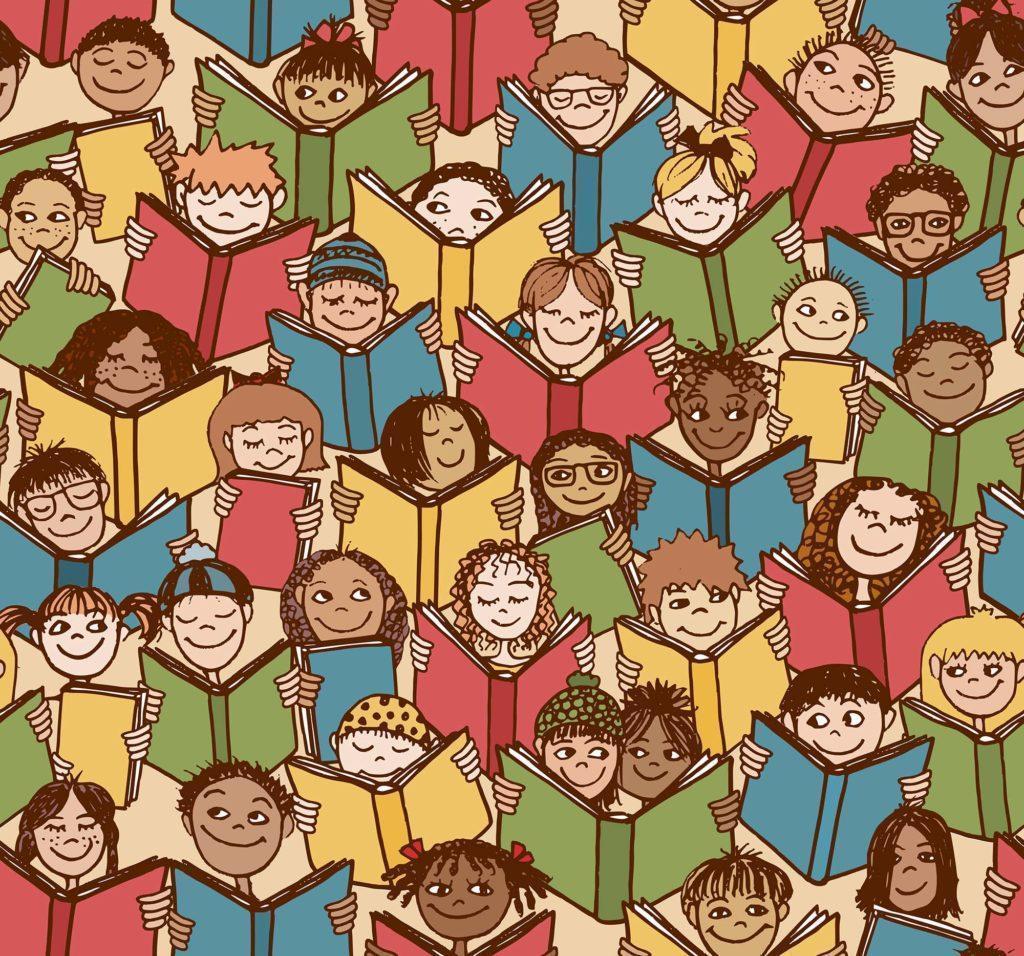Observation
Storybooks Could Be an Early Source of Gender Stereotypes for Children

Summary: Reading to children offers many benefits. A new study reveals, however, that popular storybooks are an underrecognized source of gender stereotypes, and children’s books often contain stronger gender biases than texts for adults.
Studies have shown that by age 2, children have already started to develop beliefs about gender, including stereotypes that boys are better at math and girls are better at reading. Children’s interactions with and observations of adults have been cited as the sources of these beliefs.
However, a new study published in the journal Psychological Science examines a different, potentially underrecognized source of gender stereotypes and associations: popular children’s books. Researchers found that storybooks contain many words that adults consider to be gendered and likely contribute to children’s gender knowledge.
“We found that many popular children’s books often read to young children, like Curious George and Amelia Bedelia, contain rich information about gender that is presented in subtle ways,” said Molly Lewis, a researcher with the Department of Psychology at Carnegie Mellon University and lead author of the study. “In some cases, the stereotypes in these books were stronger than in books targeted at adults.”
“One implication of this finding is that parents may be able to influence children’s development of beliefs about gender through their choice of books.”
M. Lewis, Carnegie Mellon University
Previous research on children’s books and gender stereotypes has relied mostly on content analysis. Lewis and her team took a different approach. They collected a corpus of 247 books commonly read to children ages 5 and under and asked adults to rate on a 5-point scale how strongly the words in the books’ text were associated with masculinity and femininity. An overall gender bias score was calculated for each book.
Books with the highest feminine-bias scores included Chrysanthemum, Brave Irene, and Amelia Bedelia, according to the study. Those with the highest masculine-bias scores included Curious George, Dear Zoo, and Goodnight, Goodnight Construction Site. The Polar Express, In the Night Kitchen, and Hippos Go Berserk were rated as “neutral.”
The researchers also used “word embeddings,” a machine learning method, to measure words’ gender associations beyond the adults’ ratings. This approach identified patterns in gender-related “word neighbors,” which are terms that typically appear together across large bodies of text, such as “merry” and “Christmas” in American English. The analysis showed that children’s books vary widely in the amount of gender associations they contain, from strongly male to strongly female.
“We found that books that we estimated to be gender-biased based on adult judgments also tended to be biased when we used this automated method,” Lewis said. “This is important because it suggests that some of the gender associations that emerge in adulthood begin to appear in the statistics of children’s texts and could potentially be learnable from exposure to children’s books.”
Machine learning was also used to examine whether gender stereotypes that social psychologists have uncovered in past behavioral experiments also appeared in children’s books. “For instance, we found that the statistical patterns of words in these books reflected the stereotype that boys are good at math, while girls are good at reading,” Lewis said.
“Another unexpected result was that children tended to be exposed to books that conveyed gender stereotypes about their own gender—girls tended to be read books about girl characters; boys tended to be read books about boy characters,” Lewis said. “These findings are important because they suggest that books may be inadvertently teaching young children about gender stereotypes.”
One unanswered question the research identified is how children learn stereotypes about other genders when they’re more commonly read books with stereotypes of their own gender. The researchers suggest that children garner this information from media depictions and personal interactions. And, since many kids receive more information about their own gender, they may have “less precise intuitions” about the stereotypes of other genders.
Overall, there were more female biases across the corpus than male biases. However, the research also revealed that gender portrayals varied across the books studied.
“One implication of this finding is that parents may be able to influence children’s development of beliefs about gender through their choice of books,” Lewis said.
An encouraging finding, she said, is that not all storybooks contain gender stereotypes, and some feature gender information that contradicts stereotypes.
“We also found hints of historical change in how gender was depicted in children’s books,” Lewis said. “More recently published books were more likely to have female main characters and main characters without obvious gender associations.”
Feedback on this article? Email [email protected] or scroll down to comment.
Reference
Lewis, M., Borkenhagen, M. C., Converse, E., Lupyan, G., & Seidenberg, M. S. (2021). What might books be teaching young children about gender? Psychological Science. Advance online publication. https://doi.org/10.1177/09567976211024643




APS regularly opens certain online articles for discussion on our website. Effective February 2021, you must be a logged-in APS member to post comments. By posting a comment, you agree to our Community Guidelines and the display of your profile information, including your name and affiliation. Any opinions, findings, conclusions, or recommendations present in article comments are those of the writers and do not necessarily reflect the views of APS or the article’s author. For more information, please see our Community Guidelines.
Please login with your APS account to comment.